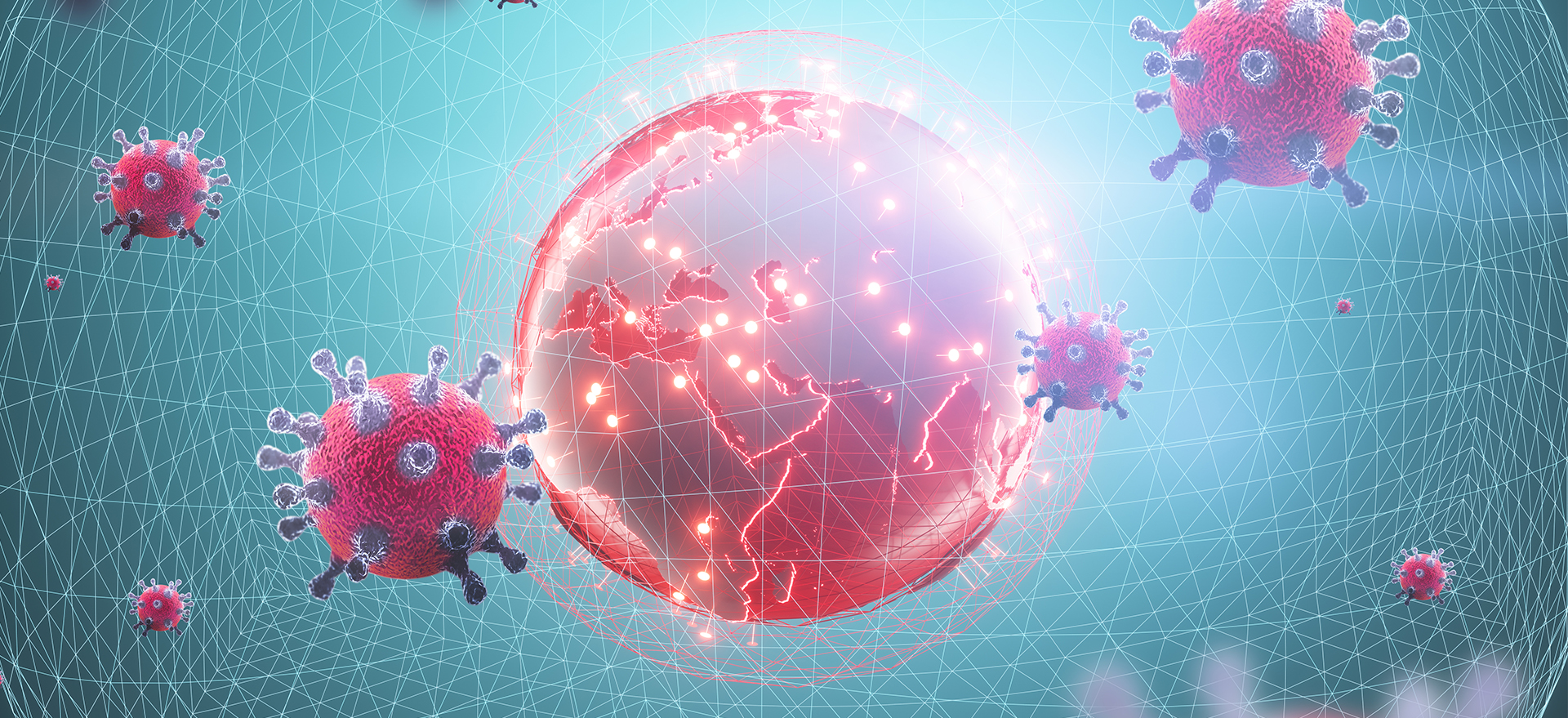Setting the stage
When they meet at Elmau, G7 leaders have a renewed opportunity to set the stage for networked, inclusive and rules-based multilateralism in global health
COVID-19 has reinvigorated the debate on global health governance and multilateralism in health. Many suggestions have been made on how to ‘reform’ existing institutions and how decisions are taken in a pandemic. The concept paper on a Pact for Pandemic Readiness issued by the G7 health ministers in May 2022 draws attention to many initiatives and institutions created since the start of the COVID-19 pandemic and even before. This G7 approach is very aligned with the growing call for a networked and inclusive multilateralism including in global health.
The concept note identifies, among others, the ACT-Accelerator, the World Health Organization’s Hub for Pandemic and Epidemic Intelligence, the International Pathogen Surveillance Network, the Global Influenza Surveillance and Response System, the One Health High-Level Expert Panel, the One Health Intelligence Scoping Study, the Global Outbreak Alert and Response Network, the Global Research Collaboration for Infectious Disease Preparedness and the Global Health Security Initiative.
G7 health ministers did not propose establishing yet another institution but enthusiastically favoured aligning effective initiatives to foster the network approach and “maximise synergies and outputs of initiatives, institutions and projects and conserve valuable resources through reducing fragmentation, duplication and redundancy”. Their strong support for the WHO, which the G7 underlined repeatedly, relates to its role in providing much of the required alignment and coordination – exactly as expressed in its constitutional mandate – to act as the directing and coordinating authority on international health work – but with a distinct 21st-century flavour.
Deal with complexity
Power is diffused today, including in global health. Many actors beyond states drive solutions to complex problems. The Sustainable Developments Goals lay out clearly that we can no longer achieve results if we approach large challenges issue by issue. This is even more true as we now have overlapping threats and crises.
One big breakthrough has been One Health, a collaborative, multisectoral and transdisciplinary approach at the local, regional, national and global levels to achieve optimal health outcomes that recognise the interconnection between people, animals, plants and their shared environment. Others are planetary health or approaches based on the intersection of the structural determinants of health. Such complex problems demand accounting for all relevant links across sectors. But the relevant players must be mobilised more inclusively, including expertise and participation from around the world, not focused predominantly on problem definition and solutions from actors (however well meaning) from the Global North.
New organisational models
The WHO has proactively developed its work in pandemic preparedness and response using a hub-and-spoke model to connect actors in new ways. This is important in working together towards a common goal and ensuring a resilient cooperative system that can function even if one part is weakened or fails. WHO hubs are being set up in, and networks managed from, various parts of the world: the mRNA vaccine technology transfer hub in South Africa and the WHO Hub for Pandemic and Epidemic Intelligence in Germany.
The WHO has also developed new organisational models. The Berlin hub, embedded in the WHO’s Health Emergencies Programme, builds on consultations with hundreds of experts from different disciplines, sectors and regions, and leverages the WHO’s unique convening power across nearly 200 countries to foster global solutions.
Members should recognise that global health and the WHO are at the forefront of developing a networked and inclusive multilateralism, as they issue their constant mantra of WHO reform. The WHO must also explain its deliberate strategy of networked and inclusive multilateralism much better. It must show how it is working more closely with political clubs such as the G7 and G20, international financial institutions such as the World Bank and the International Monetary Fund, regional organisations such as the European Union and the African Union, and increasingly drawing on parliamentarians, civil society, businesses, local authorities and especially women and young people. Transparency is essential.
Two sides of the same coin
But some warnings are needed. First, the G7 warning about fragmentation, duplication and redundancy must be heard. Global health is already a highly competitive marketplace for funding. The WHO must be supported to play its key role. It is already more agile at its three levels – global, regional and country – than its members give it credit for.
Second, a networked and inclusive multilateralism must be based on common values, principles and rules of the game; and processes of accountability and transparency must be safeguarded. The WHO was established with a deep constitutional commitment to values and equity and the power to set normative frameworks. The revised International Health Regulations and proposed Pandemic Convention would be another essential backdrop for pandemic prevention, preparedness and response.
Going forward
G7 health ministers already expressed both G7 support for developing and negotiating a WHO convention, agreement or other international instrument and for advancing a global network approach to enhance pandemic surveillance and response capabilities and capacities. As the G7 pact is further developed during 2022, the complementarity between the two approaches will prove essential.












